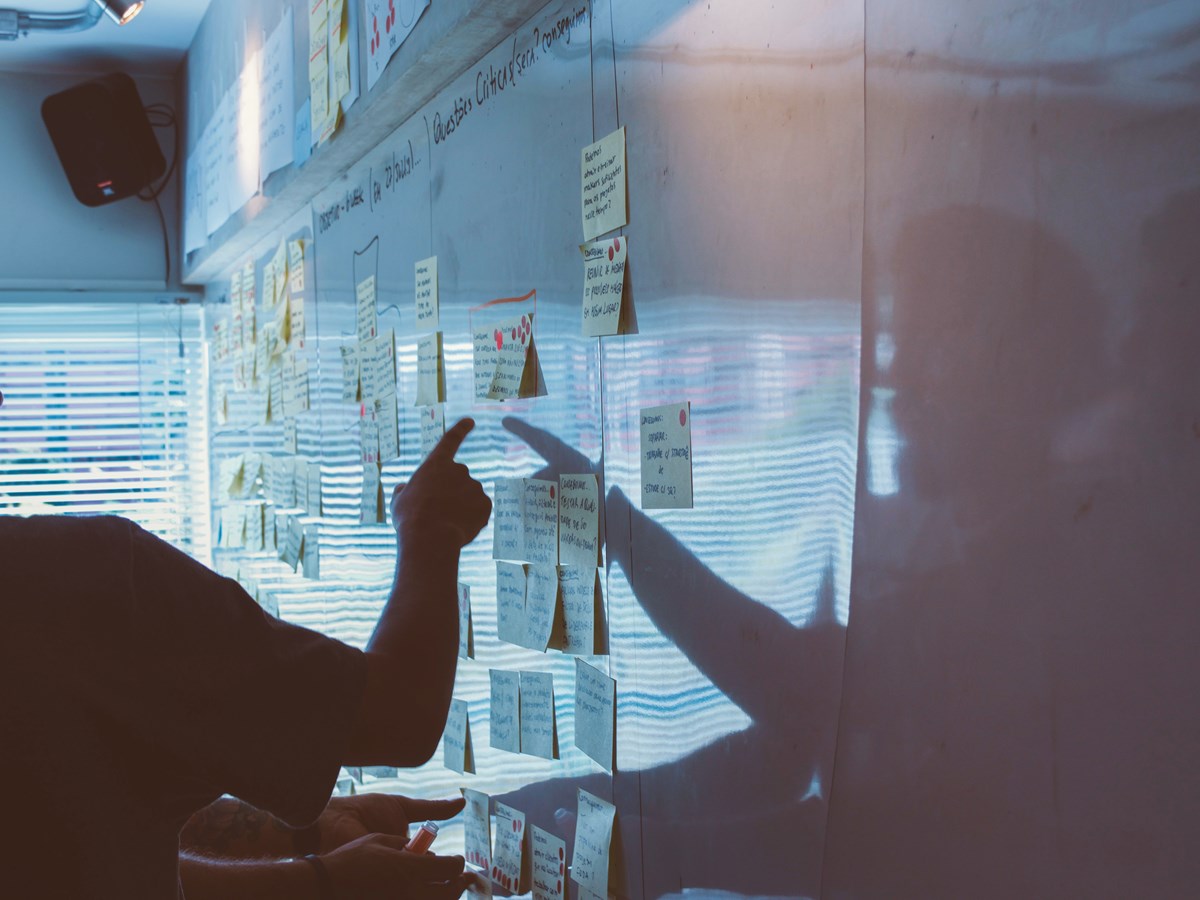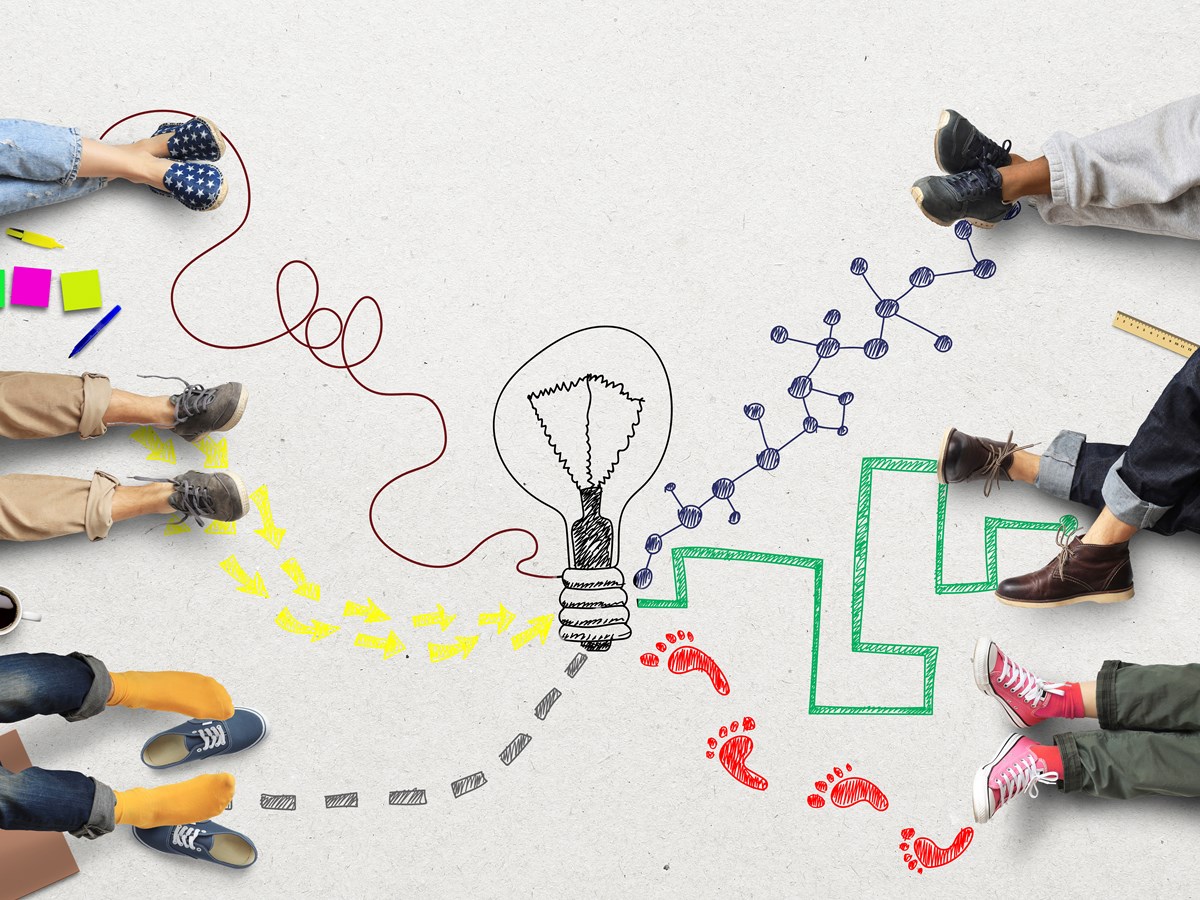Multi-agency panels need referrals that tell them about the contexts where young people experience safety and harm. Referrals help the chair understand what the worries are about the context (for example a school), so that they can decide who should be included in the discussion and what it needs to focus on.
As a referrer, think through what is known - and unknown – about the different contexts that are relevant for the young people or group you are referring to the panel. The usefulness of this information will depend on how much the young people, and any others affected, trust the practitioners working with them and are willing to talk to them about their experiences. Remember, that whenever you make a referral it is important that young people and families know and understand the extent to which personal information will be shared with other professionals at the meeting.
As someone receiving a referral on behalf of a multi-agency partnership, think about the best way to get referral information that is clear and explains the issues concisely - this might not be via an emailed form, but through conversation, for example. Doing everything you can to get clear and concise information will help prevent the meeting from being taken up with people asking clarifying questions and fact-finding. The more developed a referral is, the more likely it is that the discussion will focus on the contexts of harm and what the response needs to be. Consider too how you are going to support referrers to refer in contexts (like a location or a peer group) if your recording system is currently set up only to hold information about individual children.
What are contextual referrals? How can important contextual information be referred into panel meetings? These resources and guidance documents focus on ensuring effective referrals into multi-agency meetings looking to address extra-familial harm

Guidance for chairs and partners on working in partnership to embed Contextual Safeguarding via multi-agency panel meetings

Tools and guidance for those looking to conduct 'Context Conferences'




